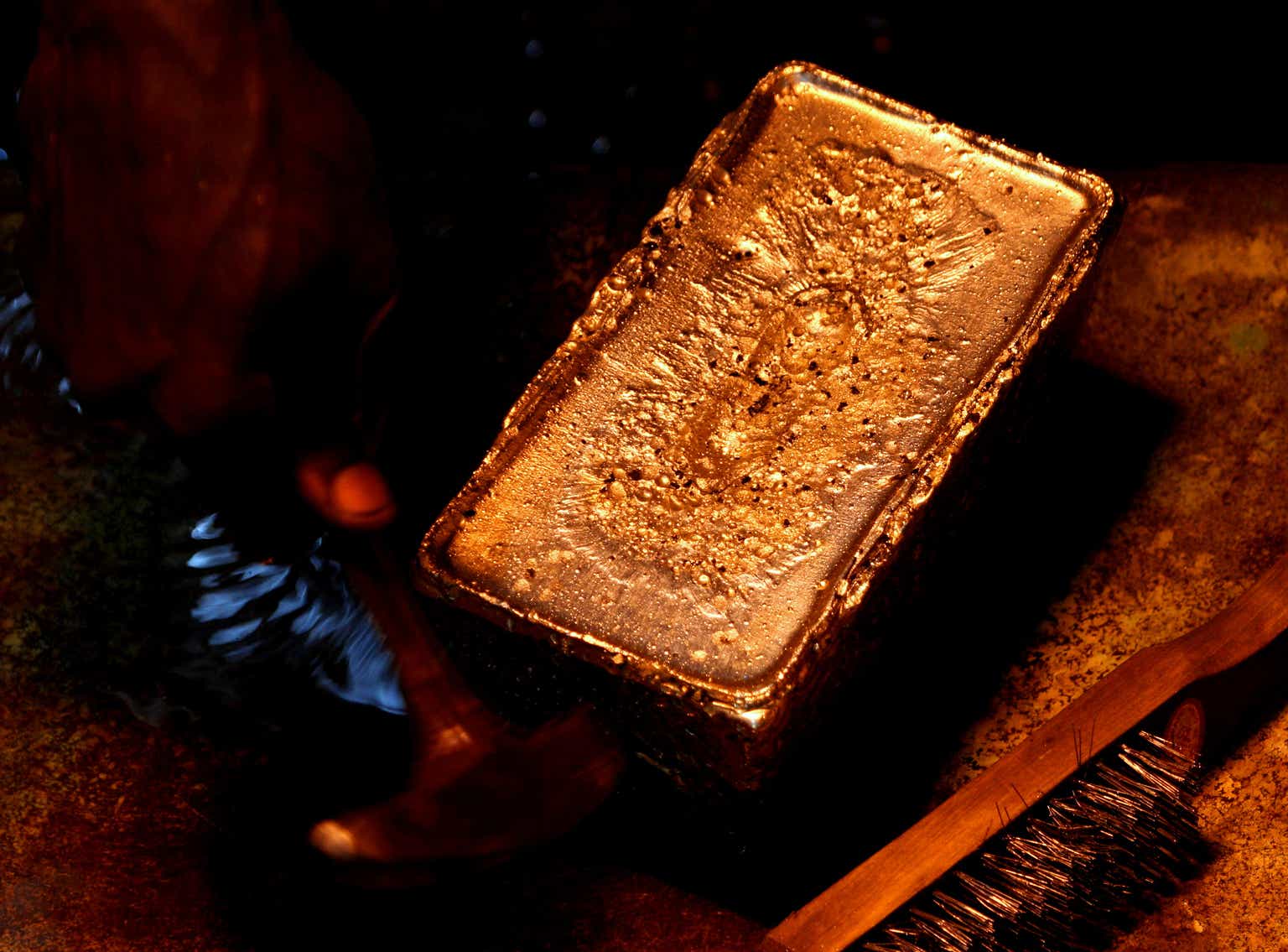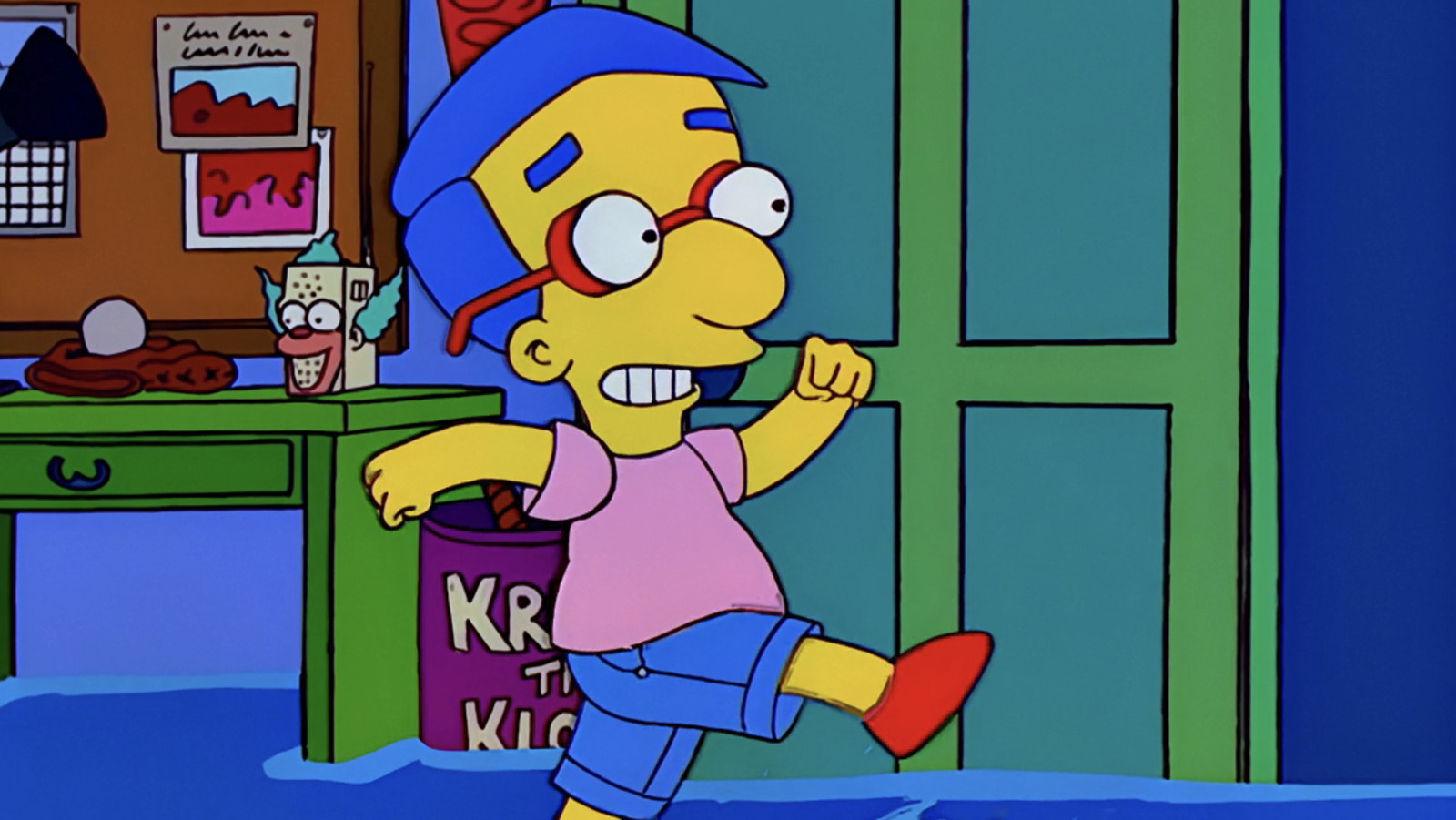By the end of Transformers One, Orion Pax and D-16 have changed forever. They have learned about how Sentinel Prime betrayed the true Primes and sold out Cybertron to the enemy, enslaving fellow robots in the process. Furthermore, after recovering the T-Cog from his fallen forerunner Megatronis, D-16 has taken the name Megatron. Meanwhile Orion Pax receives the Leadership Matrix from their god Primus and becomes Optimus Prime.
Realizing that their friendship has changed forever, Optimus watches Megatron lead his Elite Guard away from Iacon City. He then delivers a speech to the remaining robots, restoring to them the T-Cogs that Sentinel Prime stole and urging them to embrace their true purpose. No longer willing to live in servitude under Sentinel Prime or anyone else, Optimus claims that he and his allies will fight for autonomy, dubbing his group the Autobots.
Post-Credits and the Birth of Decepticons
The credits roll on Optimus’ declaration, but those who want to see the reverse moment can keep watching through the credits. After the credits, Megatron, joined by familiar faces such as Starscream (Steve Buscemi) and Soundwave (Jon Bailey), turns the Megatronus icon he loved as a child into a symbol for his group. Still angry about the lies that Sentinel Prime used to control them all these years, and even more furious that he accepted those lies, Megatron vows that he and his people will never be lied to again. Thus they are the Decepticons: the once deceived who now can see!
Even the most die-hard Transformers fan has to admit that reveal is kind of sweaty. Insisting that the Autobots fight for autonomy does clang against the communal nature of Orion Pax’s rebellion (and against the surprisingly pro-labor, and dare I say Communist, themes of the movie), but the movie gets away with it. However, it takes some real mental gymnastics to see why Megatron’s anger over deception would lead him to become a Decepticon, especially since Hasbro and Marvel Comics chose the name “Decepticon” because the villains used their disguises to lie.
The name reveals are helped though by a scene that comes between them. Because in the first post-credits scene, or a mid-credits scene, the still-excitable B-127 returns to his cave to show off his new transformation powers to his friends. And by “friends,” I mean the inanimate statues that he built to keep himself company. And yet, when B-127 tries to demonstrate his knife hands, he inadvertently cuts off the heads of his pals. It’s a fun scene, really, and it gives Key the chance to display his well-honed sketch comedy chops while also getting away from the issue of nomenclature. Imagine how trite it might have been, instead, if B-127 complained about, say, how his knife-hands stung him so deeply that he lost the honey of life… ergo from this day forward, he shall be known as Bumblebee!
Instead the Bumblebee mid-credits scene adds a much-needed relief to anyone who gets irritated by the complicated explanations for the Autobot and Decepticon names. Transformers One might be bringing depth and complexity to the Transformers, but they are still toys for kids. So whatever else the Transformers are, they have to be fun, something that Transformers One understands.














